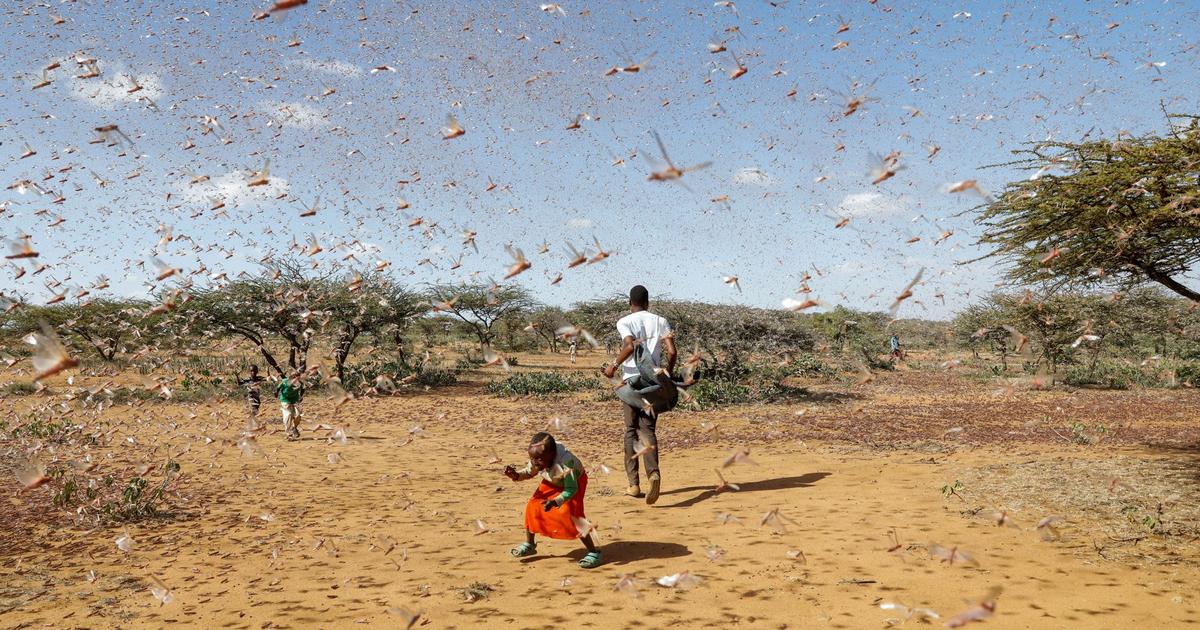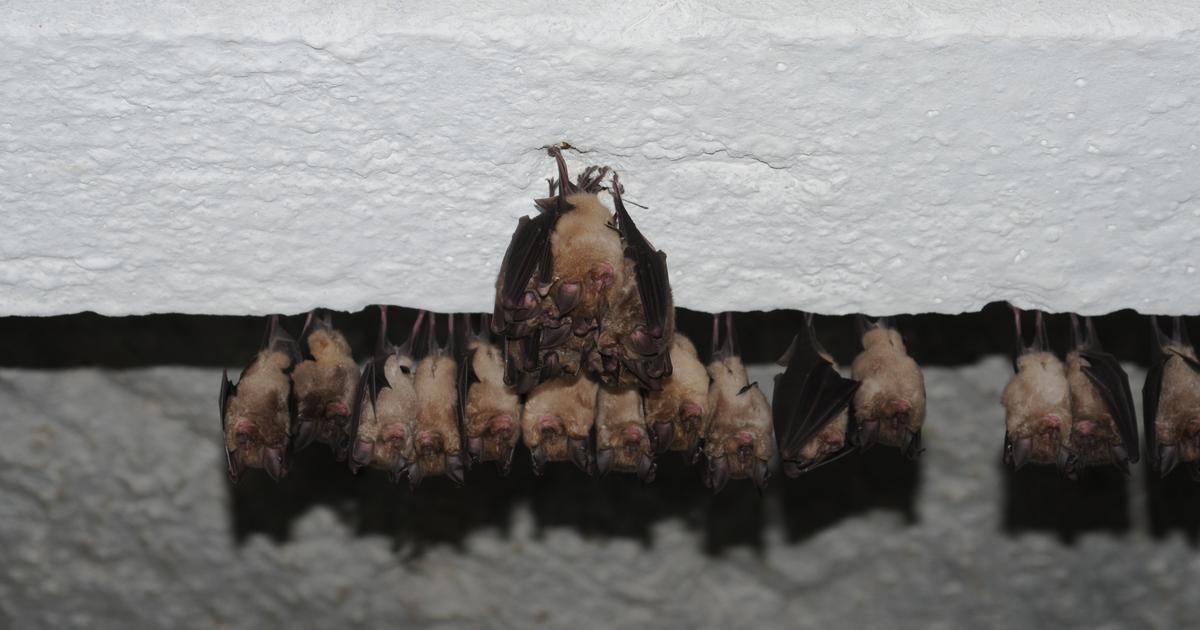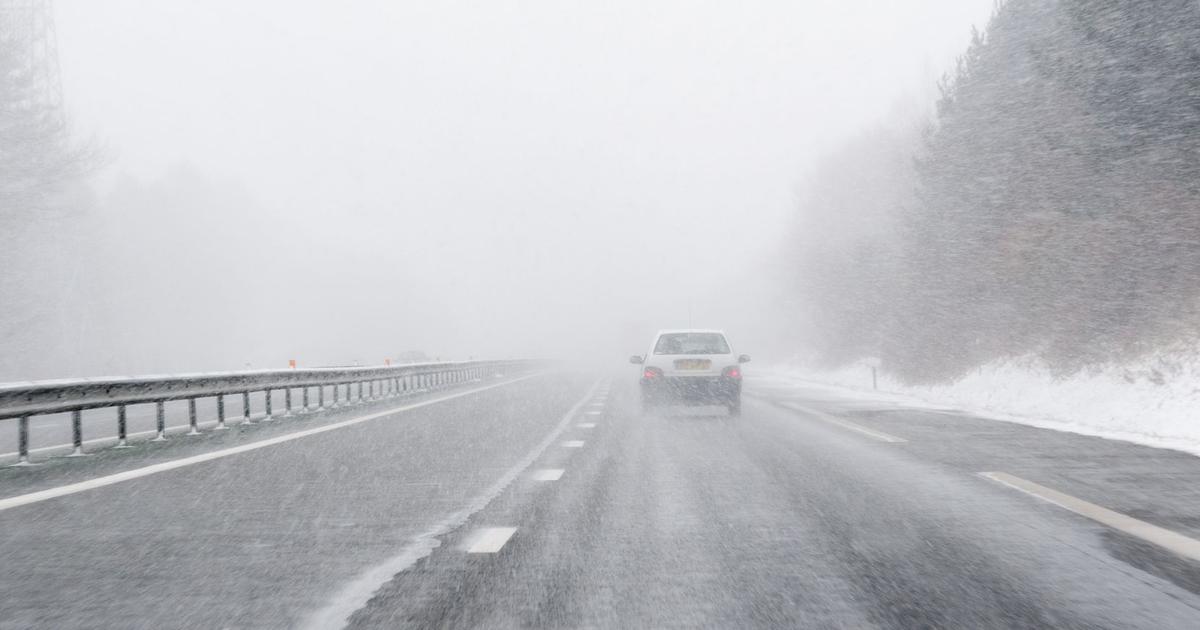Enlarge image
Insects play a key role in various ecosystems
Photo: Dirk Daniel Mann / Chromorange / IMAGO
The fear of insect death is not new.
But now a study by researchers at the University of Würzburg has given new cause: The study, which appeared in the journal Nature Communications, blames human intervention in nature for the death of insects.
more on the subject
Environmental expert on interfering with nature with serious consequences: "In principle, humans can deliberately make any species extinct" An interview by Julia Koch
Accordingly, increasing urbanization and the associated sealing of soils have negative consequences.
In the same way, intensive agriculture has a negative effect on the diversity of species and the number of insects.
Rising temperatures are not the problem
A possibly surprising finding of the study: The rising temperatures caused by the climate crisis do not pose a particular threat for the time being. On the contrary, higher temperatures could even have a positive effect on the number of insects and the number of species, according to the study.
However, this only applies up to a certain temperature limit.
This limit has not yet been reached in this country, said the biologist Johannes Uhler, first author of the study.
Nevertheless, a rise in temperature is not necessarily desirable for insects either: one must consider indirect effects, for example if the food plants for certain insects no longer occur due to higher temperatures.
The researchers also criticize previous surveys: So far, changes in land use have been primarily blamed for the death of insects, for example where monocultures such as rapeseed or maize are increasingly being grown.
The climate crisis with increased heat and drought was also named as the cause.
Another problem with previous findings is that the diversity of insect species has not been taken into account.
In addition, often only short periods or small areas were included.
Net traps at 179 locations in Bavaria
For the new study, the researchers therefore set up net traps in 179 locations across Bavaria in spring 2019, from the lowlands to the mountains, in forests, on meadows and fields, in near-natural areas and in settlements. For an entire growing season, those involved emptied the traps every 14 days. The scientists then determined the biomass, i.e. the weight of the trapped insects. Biomass is a measure of the amount that occurs in an area. In addition, the species were identified with the help of DNA analyzes.
The researchers found most of the species and the largest number of insects in near-natural areas, for example in forests.
In comparison, the insect biomass in the city was 42 percent lower.
In contrast, the biodiversity around cultivated areas was 29 percent lower.
More green spaces, more hedges, more strips of field margins
Small changes could improve the situation of the insects.
The Würzburg researchers propose, among other things, to set up more green spaces in cities, for example on the side of the road or on roofs.
Hedges and strips of field margins could also make an important contribution.
According to the scientists, the Bavaria-wide results can be transferred to the whole of Germany.
vki / dpa









